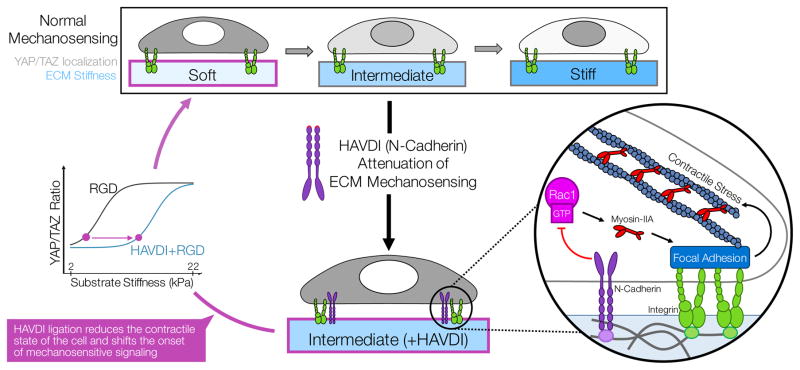Figure 5. A summary of how HAVDI (from N-Cadherin) ligation can alter MSC mechanosensing of ECM stiffness cues.
In normal cell-ECM mechanosensing (in this case, with fibronectin & RGD), as the stiffness of the underlying matrix increases, so does the nuclear-to-cytoplasmic localization of YAP/TAZ. This nuclear YAP/TAZ is a transcriptional regulator of downstream functional outcomes important in progenitor cells. Additional cell-cell contact via N-Cadherin in mesenchymal progenitors acts to attenuate ECM mechanosensing of MSCs by regulating the contractile sate of the cell. In this scenario, N-Cadherin inhibits Rac1-GTP levels, which then results in decreased myosin-IIA incorporation into focal adhesions and reduced contractile force generation. This reduced contractility leads to reduced YAP/TAZ nuclear localization, which thereby influences cell behavior. This attenuation of cell-ECM mechanosensing can lead to progenitor cells behaving as if they were in a different biophysical niche, with cells on intermediate stiffness substrates (~15 kPa) with N-Cadherin and ECM ligation behaving as if they were on a much softer substrate (~6 kPa) with only ECM ligands.

